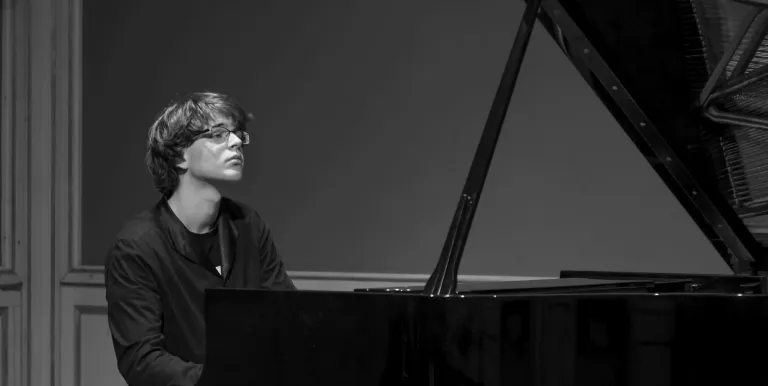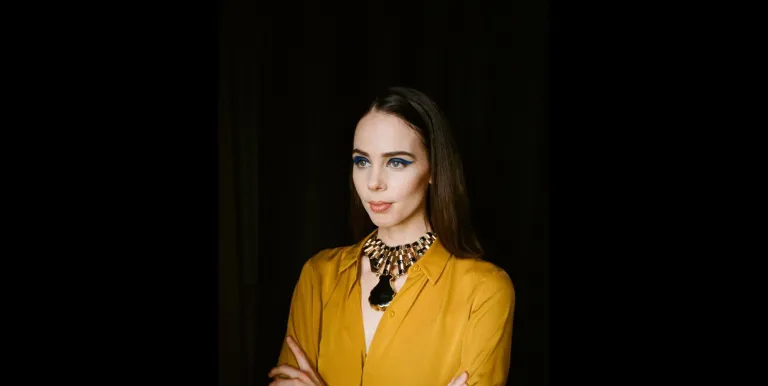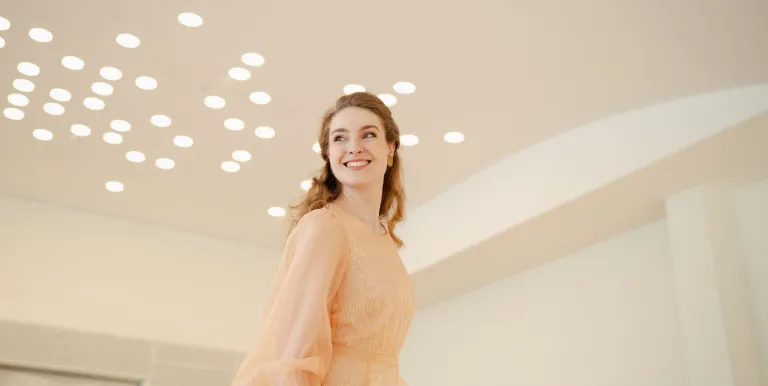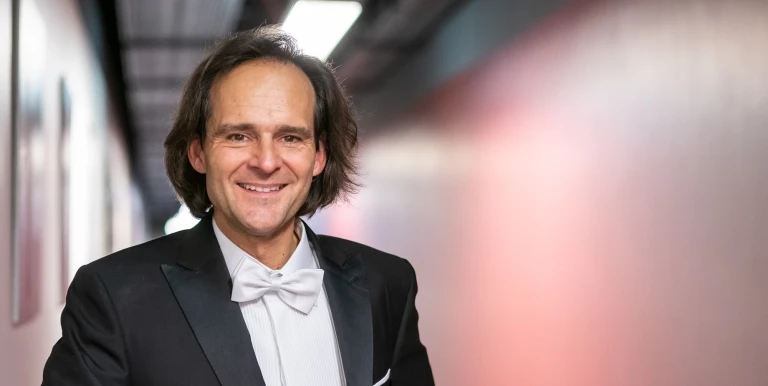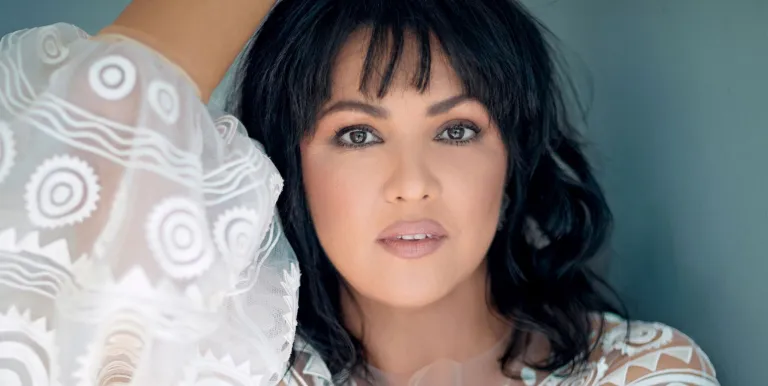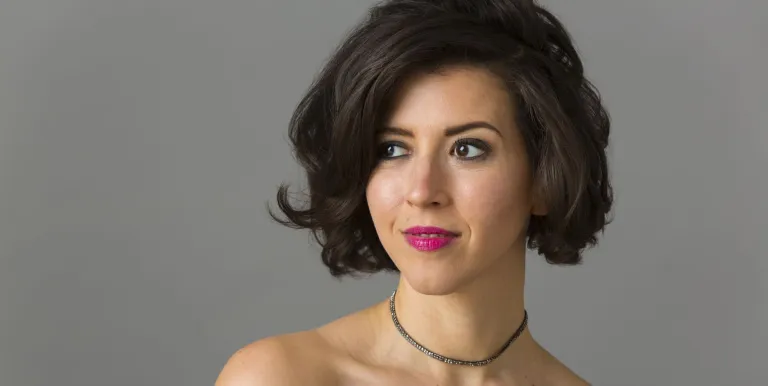one interval
Please note that by buying tickets you are accepting the house rules at Müpa Budapest, which also include the latest regulations and security rules. You can read further details and find key information on this page.
Thank you for your understanding and cooperation.
Conductor:
Featuring:
Bartók
Two Pictures, BB 59, Sz. 46
Bartók
Piano Concerto No. 2, BB 101, Sz. 95
Bartók
Concerto for Orchestra, BB 123, Sz. 116
The programme for this traditional commemoration of Béla Bartók shows three of the composer's faces, offering a glimpse into three different phases of his career: Two Pictures dates from his early creative period, while the Piano Concerto No. 2 is the work of a mature master. Concerto for Orchestra, written during his years in America, is the expression of an emigrant's homesickness and love for his motherland - as well as one of the outstanding pieces of his later output. Joining the noted and seasoned Hungarian conductor at the front of the stage as the profound and virtuosic soloist for the concerto will be one of the finest representatives of our country's younger generation of pianists.
In Full Flower, the first movement of Two Pictures, dates from 1910, a year before Bluebeard's Castle, and reveals the influence of Debussy. The second, Village Dance, is raw and sharp hand-clapping, foot-stomping music that sometimes points the way forward all the way to Dance Suite. Written in 1930/31, The Piano Concerto No. 2 shows many Neoclassical and Neo-Baroque features, reflecting the music of both Stravinsky and Bach. With its own five-movement grandly arcing format, the Concerto for Orchestra is one of Bartók's most massive orchestral works. Although the scope and weight of the movements and the seriousness of their message are symphonic in character, the tradition of the Baroque concerto is revived by many representative instrumental solos running through all the movements of the work. Bartók wrote the work in the summer and early autumn of 1943 after being commissioned by Serge Koussevitzky, conductor of the Boston Symphony Orchestra. Fülöp Ránki was born in Budapest in 1995. Exerting a great influence on his musical development were his parents, Edit Klukon and Dezső Ránki; his professors at the Liszt Academy were Jenő Jandó and István Lantos. Gergely Kesselyák, third-prize winner of both the 1994 Arturo Toscanini International Conducting Competition in Parma and Hungarian Television's 1995 International Conducting Competition is a recognised and versatile Hungarian conductor.
Presented by: Hungarian National Philharmonic
-
We wish to inform you that in the event that Müpa Budapest's underground garage and outdoor car park are operating at full capacity, it is advisable to plan for increased waiting times when you arrive. In order to avoid this, we recommend that you depart for our events in time, so that you you can find the ideal parking spot quickly and smoothly and arrive for our performance in comfort. The Müpa Budapest underground garage gates will be operated by an automatic number plate recognition system. Parking is free of charge for visitors with tickets to any of our paid performances on that given day. The detailed parking policy of Müpa Budapest is available here.

